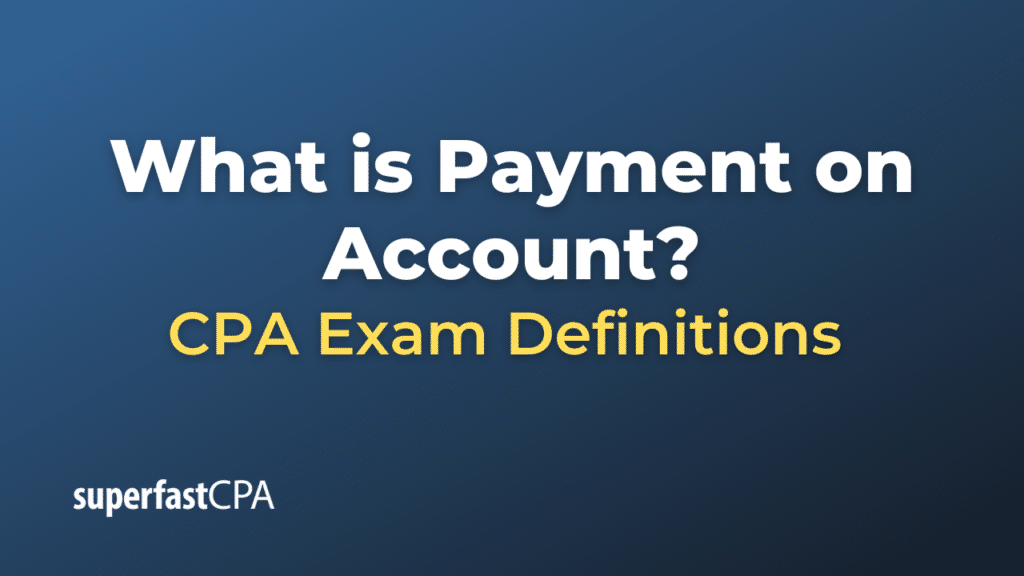Payment on Account
Payment on account, in the context of accounting and finance, refers to a partial payment for a product or service that is not enough to cover the full amount owed. It represents a portion of an amount that will be fully paid in the future.
In other words, it’s an advance payment made by customers or clients towards a future invoice. These payments are typically tracked and then deducted from the total when the invoice is prepared.
For example, a construction company might require a payment on account before beginning work on a new project. This payment represents a portion of the total cost of the project. As work progresses and costs accrue, the company will subtract the initial payment on account from the final invoice sent to the client.
Example of Payment on Account
Let’s consider a scenario to understand the concept of ‘Payment on Account’.
Imagine you are planning to remodel your kitchen and you hire Contractor A to do the job. After discussing the project, the contractor estimates the total cost to be $20,000. However, they ask for a $5,000 payment on account before beginning the work.
You pay the $5,000 upfront, and the contractor begins the remodel. This payment on account will be applied toward the final invoice for the project.
After the kitchen remodel is completed, the contractor sends you an invoice for the total cost of the work. The invoice lists the total cost of $20,000, but it also notes your $5,000 payment on account. So, the amount you now owe is $15,000 ($20,000 total cost minus the $5,000 payment on account).
In this scenario, the payment on account helped the contractor secure some funds upfront, which can often be used to cover initial costs of a project. At the same time, you, as the customer, have reduced your final bill by making a payment on account.














